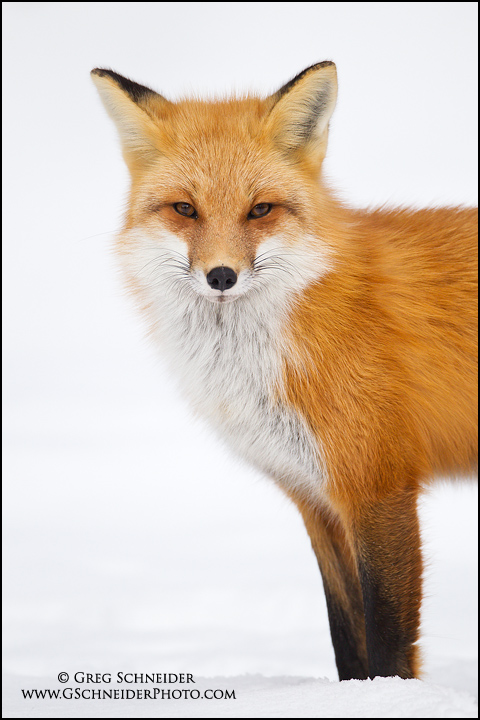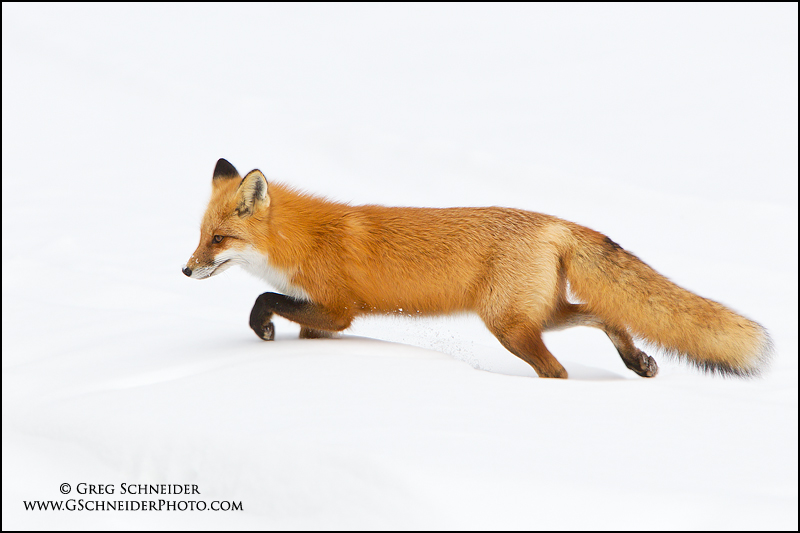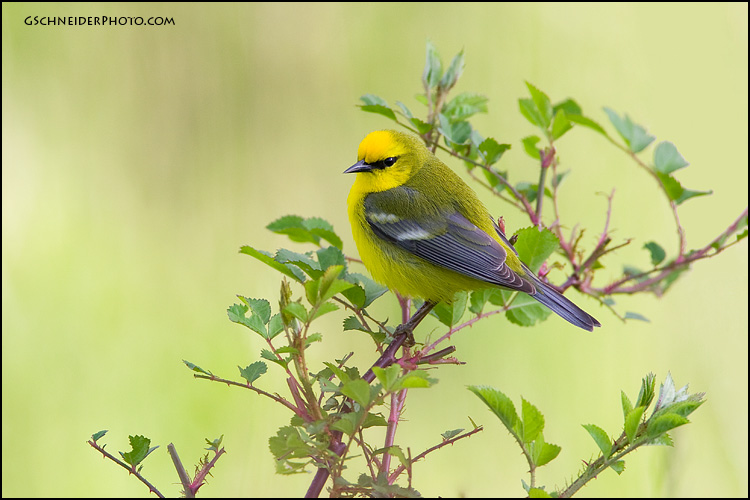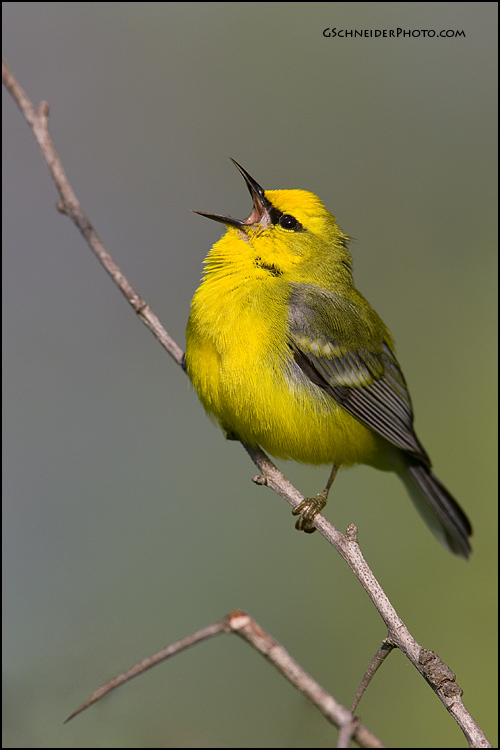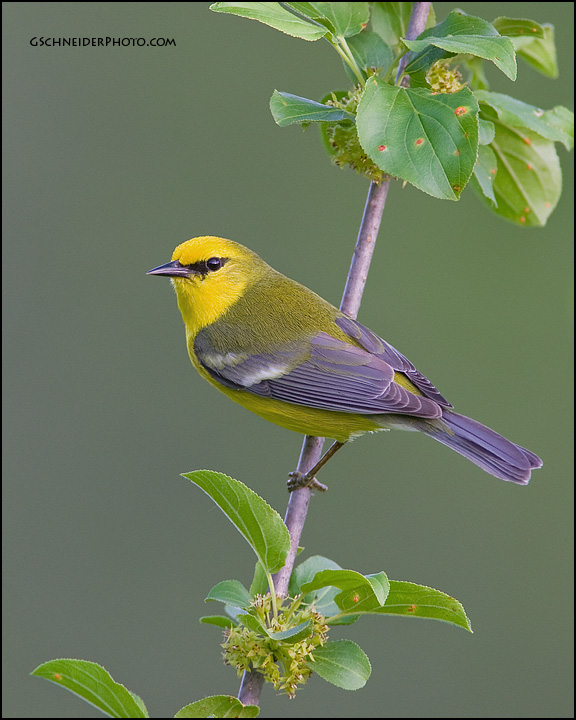I’ve now owned the new 1D Mark IV for about 3 weeks, and have shot approximately 6000 frames with it. Overall I’m quite happy with the body, and here are some more specific thoughts.
Battery life: It is noticeably much shorter than the 1D III, perhaps no better than 2/3 of the Mk3 battery life, using the same battery. When photographing on a cold winter’s day, I definitely have to swap batteries well before the end of the day, while I never had to do so with the Mk3. Certainly some of this can be attributed to the LCD, which has more current draw to support the far higher resolution, and the fact that I like leaving the info screen displayed on the back LCD at all times. It certainly beats having to look at the top of the camera for a quick glance at what settings you’re using. I get a maximum of about 1500 shots per charge, when previously I have gotten 3000+ with minimal image review.
Ergonomics: I found it very strange that the body is essentially identical to the Mk3 series. While that camera had very well-thought out and user-friendly ergonomics, I wish they would have included some of the 7D features. For instance, the 7D can switch AF modes by hitting the AF button, then FEL to toggle between modes (single point, expansion, zone etc). On the IV I wish it was possible to do something similar to change between different expansion levels. Currently, you have to go into the camera menu to toggle between none, left/right, surrounding or all 45 point expansion., which is not feasible to change while looking through your viewfinder, and it’s caused me to miss shots. The IV shares a similar LCD to the 7D, and it is sharp and accurate, though slightly deceiving in terms of brightness – it would have been nice if it had auto brightness as some other bodies do.
AF: This is the section everyone wants to read due to the problems with the 1D III. While I had no major issues with the III, I can say that the IV is definitely better. Tracking against busy backgrounds is hugely improved, and initial acquisition speed is just as zippy as with the III. I also like the fact that the 24-105/4, 70-200/2.8IS + 1.4x and 300/2.8IS + 1.4x now focus using the cross-type AF points, of which nearly all are now cross type. One thing that I immediately noticed was how well the camera tracked with expansion points enabled. I typically shot without expansion with the III, especially against busy backgrounds, but with the IV it actually helps to keep them enabled and gives you more leeway in how accurate you have to track the bird. If I had left them enabled on the III it would have focused on the background, but here it actually helps maintain the focus – a big plus in my books. I still find that 45 point AF is not the best choice unless you have a large subject or a clear sky, but it is still improved from the nearly unusable 45 point mode on the III. I can safely say I’ve gotten shots with the IV that I would not have earlier, as the AF just holds onto the target so well.
Image Quality: While the images may seem a touch softer at 100% view, that is not entirely a fair comparison with the resolution increase to 16MP, as you should now compare that to about 116% view on the III. I’m quite satisfied with the image quality, and the resolution is great for more cropping latitude, and 16MP on a 1.3x crop is probably about as high as is possible without compromising high ISO image quality. It’s great to be able to crop a vertical shot out of a horizontal capture and still be left with 7MP. The high ISO improvement is not nearly as much as Canon claims, but there is an improvement. Keep in mind that I rarely shoot above ISO1600 for bird photography, and from what I’ve heard the higher ranges are the ones that have seen the most improvement. AWB has improved substantially, and is bang on in nearly every circumstance.
Here are several photos to show the AF tracking.
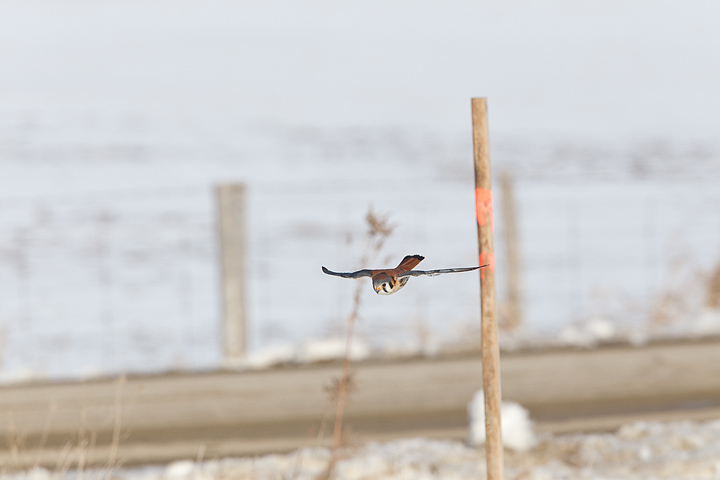
Against such a background and with the bird so small in the frame, the 1D III would have never been able to track so accurately. The entire sequence was sharp, even with me moving off the bird slightly.

The sensor and AF of the 1D IV made this possible. It's a full height vertical crop out of a horizontal image, taken at ISO1250. There is no noise to be seen in the fullsize image, even after increasing the exposure by a stop in processing.
